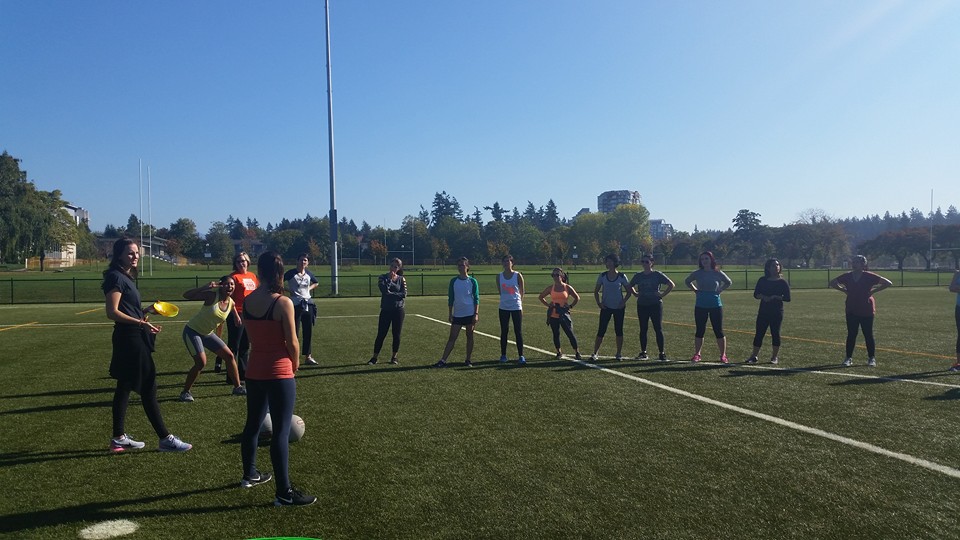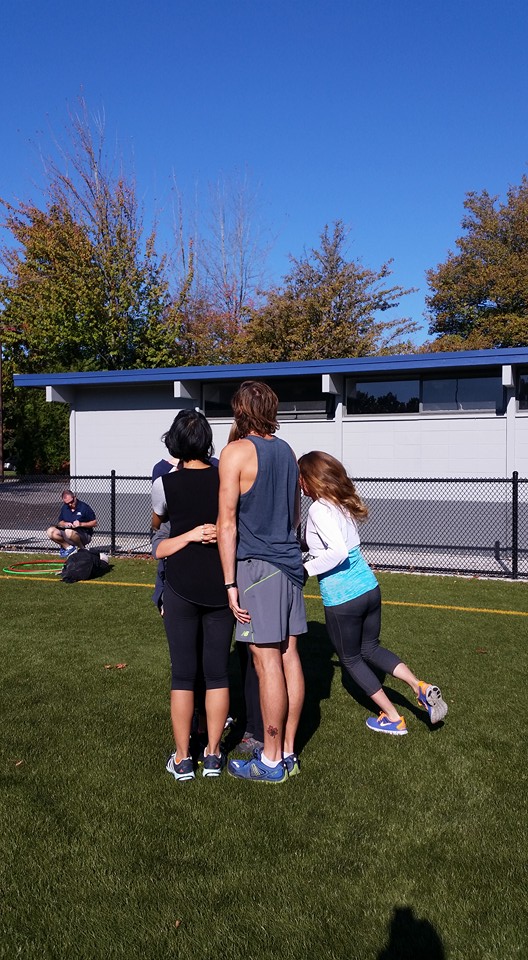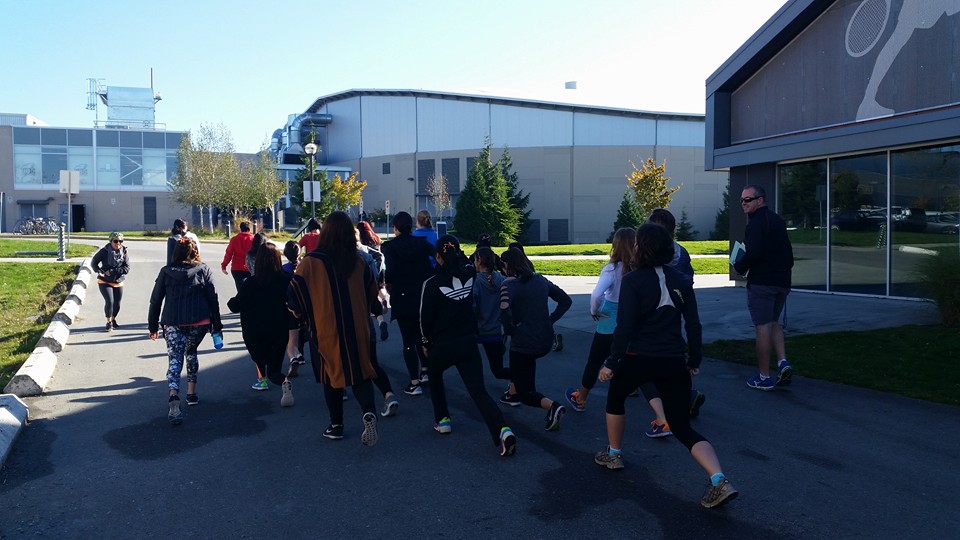Chapter 6: Assessment and Physical Education
-Assessment: process of collecting and organizing information- students knowledge skills and attitudes
-Evaluation: the subsequent process of judging students’ learning based on that information
Need to do assessment “Before, After and During Instruction”
-Learning Domains:
Cognitive– things that students are able to know. Psychomotor- things that students are able to do. Affective– things that students are able to value
-Principles of Assessment(4)
Continuous– development of students, Collaborative– include students/parents, Comprehensive– balance of curricular outcomes ought to be assessed- -a variety of assessment strategies be utilized, Criteria Based– what student should be able to know, do or value
Norm-referenced: how well a student does in relation to others (national norms, school norms or class norms).
Criterion-referenced: consideration of students’ learning relative to some sort of ideal outcome. (It is possible for no or all students to achieve the minimum standards for success.)
Validity: measure exactly what is intended to be measured.
Reliability: a measure’s ability to have consistent measurements
Role of Assessment in P.E.
Know what knowledge, skills and attitudes students already process
Pre-assessment: may be beginning of school year or just prior to instruction in any given unit. Formative Assessment: during a lesson. Summative Assessment: end of term/unit. Evaluation and grading: after information is collected
Types of student Assessment:
Exit slips: written student responses. Fitness Tests: focus upon health-related fitness component, though some may also focus on skill-related components. Observation: most common method. Learning Logs: provide students with an opportunity to track their own behaviours in class and outside of school. Performance Tasks usually complete within a class period. Portfolios: for PE, it is important to include items that address all three learning domains. Skill Tests: allow physical educators to isolate and focus on particular skills that are clearly included as curricular outcomes. Written Tests: to assess student knowledge of P.E.
Measuring student learning- rely on checklist, analytic rating scales and rubrics- generally more “grey” than “black and white”
Tradition: Plan àTeach àAssess
Contemporary: Assessment= primary role “backward design”
- Decided upon the desired results,
- Determine the acceptable evidence
- Plan for learning experience/instruction.
Questions:
- Reflect upon the assessment practices you remember from your time as a student. How would you describe your former physical educators’ assessment practices? How were these assessment practices similar and/or different to assessment practice in other subject areas?
- Sometimes during a performance task students may not perform as well as they are capable of performing. Should students be allowed another opportunity (do-over)?
- Of the many possibilities for reporting students’ grades (ex: numerical scores, letter grades, pass/fail systems, and analytic rating scales) what would you suggest would be most ideal?
Chapter 12: Movement Domains
. Intro: -goal of PE is to assist children and youth to develop skills for a healthy lifestyle
-to do so, variety of physical activities need to be introduced
. Movement Concepts-form basis of the movement lesson (What is the body doing? Where is the movement going? What is the dynamic content or quality of the movement? With whom or what is the mover relating?)
. Fundamental Movement Skills-most basic movement skills found in any complex skill (ie. dribbling a soccer ball requires running, dodging, turning and changing speed)
. DAIGG-Dance, Alternative Environment Activities, Individual Physical Activities, Gymnastics and Games
1/2) Dance and Gymnastics-students can come up with own routines which allows for great self-expression and creativity
3) Games-post popular component of PE, great way to learn new skills in a less competitive environment than sports
. Game Definitions (pg. 218):
–Developmental Games: very simple and may involve basic skills such as running or guarding
–Lead-Up Games (bit more complex) lead to Formal Games (game/sport that is more rule-based and competitive)
–games pedagogy approach involves teaching indirectly and allows for students to work collaboratively while actively constructing their own learning
4) Individual Activities-performed alone or socially (ie. yoga or biking)
5) Alternative Environments (great for field trips!)-often outdoor based (ie. hiking, swimming)
-less controlled environment than the gym so student’s safety is crucial
. Conclusion-whole spectrum gives students competence in a wide variety of activities, creates important skills needed for physical activity within the classroom and beyond
Questions:
- Are there any physical activities you can think of that aren’t included in the five movement domains?
- What factors should you consider when teaching activities from the different movement domains? (eg. Dance, Developmental or Formal Games)
- How can you encourage your students to become more physically active outside the classroom?




